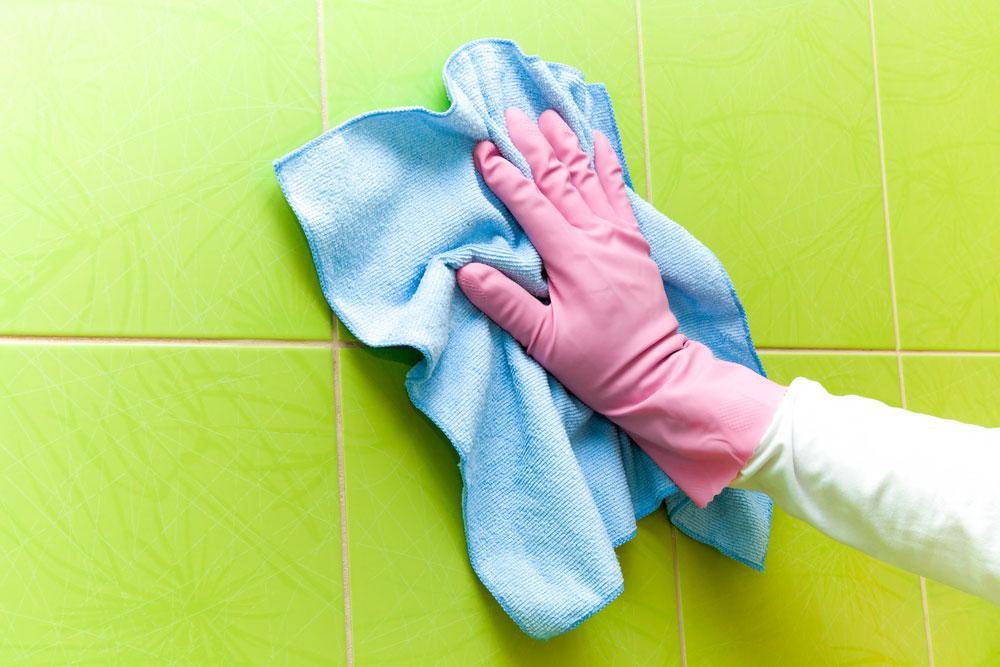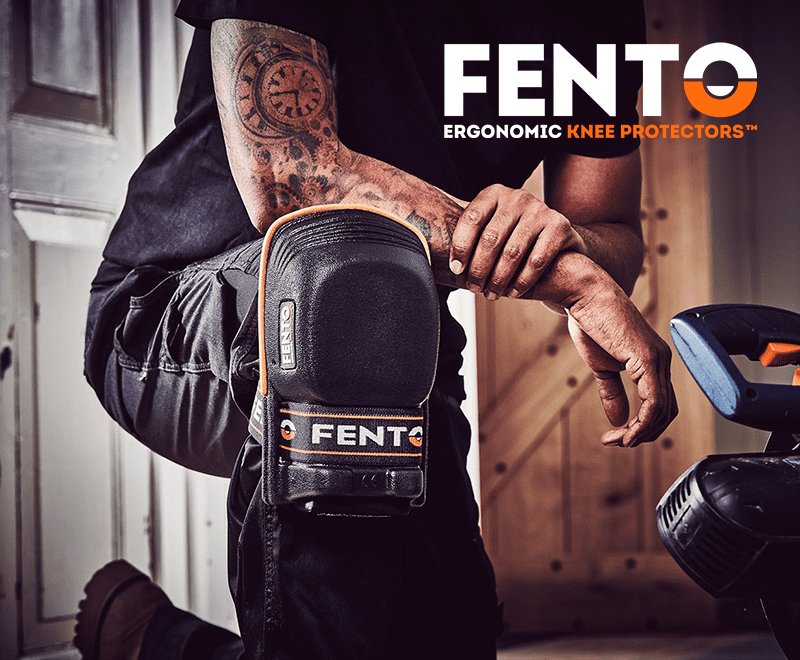Kimberley Cherrington, international marketing manager at Microban International, discusses effective ways to reduce microbial contamination on tiled surfaces
Tiled surfaces in kitchens, bathrooms and changing rooms are typically exposed to a stomach-churning number of microbes, whether it be from raw food preparation, unwashed hands or toilet plume. These environments are also habitually subjected to excess moisture and warmer temperatures, providing ample opportunity for certain microbes, including moulds and mildews, to flourish. This can visibly impact the tiled surfaces, as well as surrounding grouting and sealants.
Mould growth is one of the largest consumer driven pain points when it comes to tiling, as surfaces require more frequent cleaning, refurbishment and even replacement, costing business and homeowners more in the long run.
It is therefore not surprising public toilets and changing rooms were some of the first locations to temporarily close during the COVID-19 pandemic, or to restrict the number of visitors and increase their cleaning measures. Although we are now seeing glimpses of normality, the increased public awareness of microbes is certain to stay, as everyone is more acutely aware of how easily they can spread between high-touch surfaces. Disinfectants also do very little to reassure users of cleanliness, as they can only offer limited residual activity that fades as soon as the surface dries.
Consequently, there is a significant multifaceted drive for ceramics that are protected from the growth of microbes, extending their usable lifespan and providing users with the reassurance of cleanliness.
Reducing the burden
Built-in antimicrobial ceramic finishes actively control microbial growth on surfaces 24/7, extending the effectiveness of cleaning schedules by reducing the background bioburden. These technologies can be seamlessly embedded into the glaze during manufacture to deliver continuous product protection against the growth of microbes that doesn’t wash off or wear away, unlike standard disinfectants.
Putting TiO2 under the spotlight
However, when looking at biocides, it’s especially important to work with a company you can trust to deliver the right antimicrobial technology for your application, as well as the support to substantiate scientific claims. For example, TiO2 is used as an antimicrobial in ceramics, but has come under the spotlight after it was reclassified as a category 2B carcinogen by The International Agency for Research on Cancer, carrying the designation of “possibly carcinogenic to humans” by inhalation. This formulation therefore raises health and safety concerns for workers in both the manufacturing and construction arenas, as well as consumers. However, there is a plethora of technologies proven to work more effectively than TiO2, with the correct approvals from governing bodies and a long history of safe use in various ceramic applications.
A partner you can trust
Antimicrobial ceramics engineers can work closely with manufacturers to find the correct built-in technology that is efficacious, well-regulated, and adheres to all the relevant safety standards. For example, silver-based chemistries can be permanently and durably incorporated into a variety of ceramic products to impart high-performing antibacterial properties. It is no wonder several ceramic specialists are now turning to these technologies to achieve built-in antimicrobial product features.
www.microban.com








